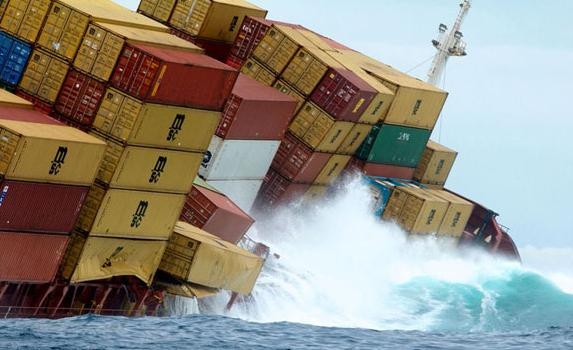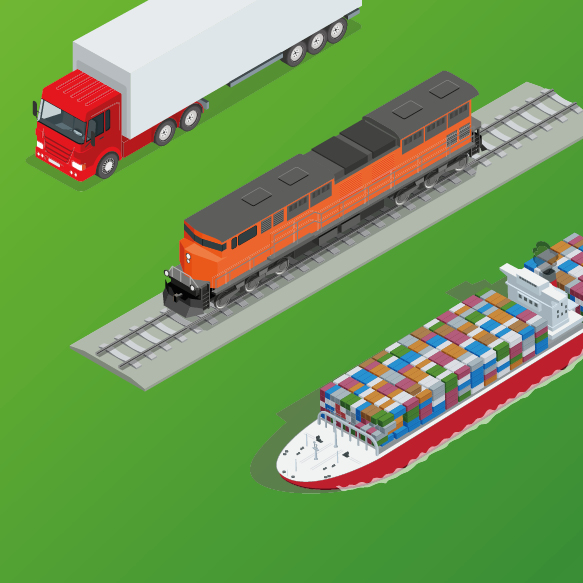
Buying a sinking ship – the key to success?
Wibo Feijen (CEO, SLE) admits that buying a sinking ship might have been the best decision of his life, and how he made sure the company of steel became a ship of smooth sailing.
“I like to think that every crisis provides us with an opportunity. Some doors close so you can open others. That’s exactly what happened to me during the economic crisis. I was given the opportunity to buy Steel Logistics, which at the time, seemed to be a sinking ship. But being an opportunity-seeker, I still saw loads of potential. I decided to take the plunge and take over the company. Starting day one, I gave it a new paint job and patched it up, SLE would become a successful ship. But a paint job and a new name wasn’t going to be enough. Being the captain of the ship, it was my responsibility to rapidly look for the reasons why it wasn’t staying afloat. Was there a leak somewhere? Was it overloaded or undermanned?”
Find the leak
“I quickly realised that our company was very dependent on a small amount of large companies. These companies were going through a rough patch due to the crisis, and in turn, so were we. Though I highly disagree with the mindset, outsourcing of quality logistics quickly becomes a luxury when companies need to make cutbacks. Many decided to keep their logistics in-house, which is never a good decision in the long run because companies quite often lack the expertise and knowhow to keep their logistics efficient. Nonetheless, it remained their decisions, which left me with less business. I needed to go look elsewhere to fill the cracks in my ship and rethink my strategy.”
Smooth sailing
“That’s when I made the decision that SLE wasn’t going to be dependent on merely a handful of companies. So we went looking for new business. This enabled us to think about the companies we would be targeting, the ones we should focus on. Instead of trying to grab every piece of driftwood in order to keep from drowning, we decided to focus more on the companies with potential. Companies who had a future plan and didn’t see outsourcing as a problem getting there. We wanted to steer away from companies that were scrambling to stay afloat, and turn towards ones that did business inline with their vison and future plans. Companies that wanted to build a trustworthy relationship by actually sharing their vision with us. And we weren’t looking for customers, we wanted what we call partners. Still today, it takes trust and transparency for a company to share its plans and goals with us. But a well-founded relationship can only grow by doing so. I like asking companies where they see themselves in three to five years, to get them to really think about their future and how we can aid them in getting there. In return, their goals become our goals so that we can ensure they’ll get where they want to go, and so that we become reliable, trustworthy partners in each others’ futures.”
Get out of the rat race
“What it all comes down to is that, in order to keep the ship sailing smoothly, I decided to take a step back from the rat race. If I kept grabbing at every tiny opportunity I could to keep the company afloat by doing business with companies with that exact same mindset, I would only end up sinking my ship. Until this day, I keep a model sailboat on my desk to remind me of that situation. It helps me look forward and grow successfully as a company. Every way I do business, I try to eliminate the obstacles first in order to ensure smooth sailing. I try to remind myself of my longterm goals instead of daily deliberations. We’re not in a race, we’re in a marathon. And I know by having this mindset, I’ll attract people who think alike, and thus companies I can build a reliable future with.”
Why choose SLE

Expertise & services

Strategic located hub

